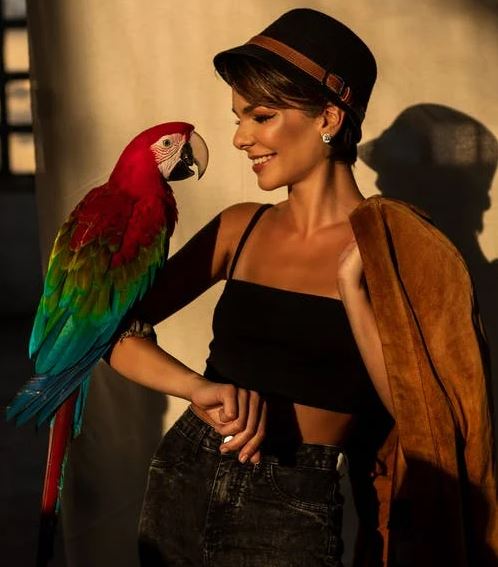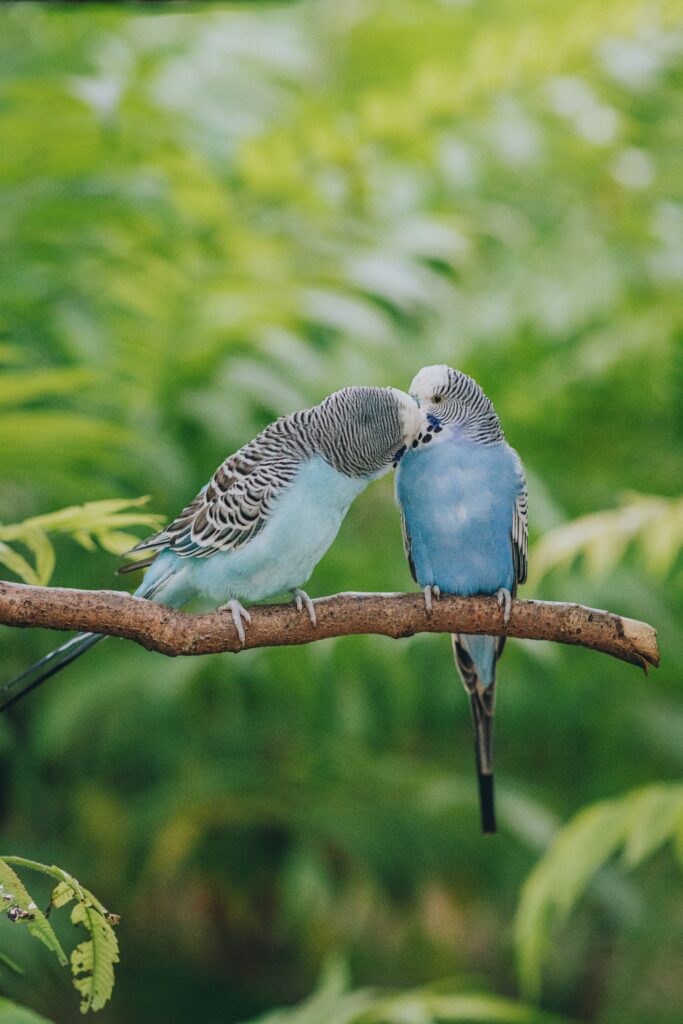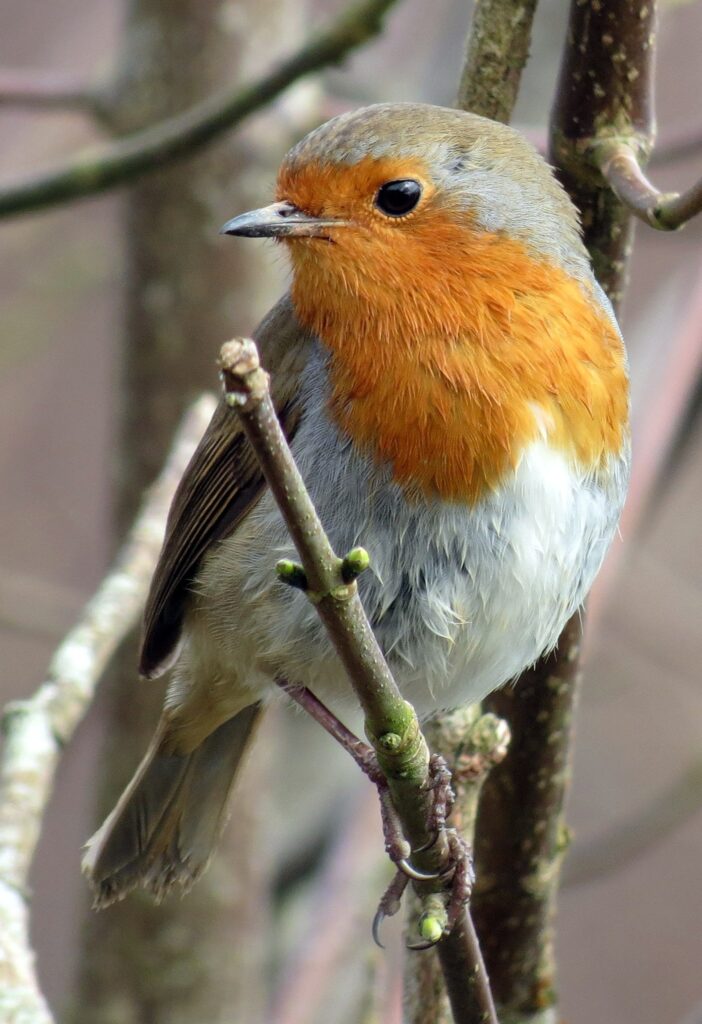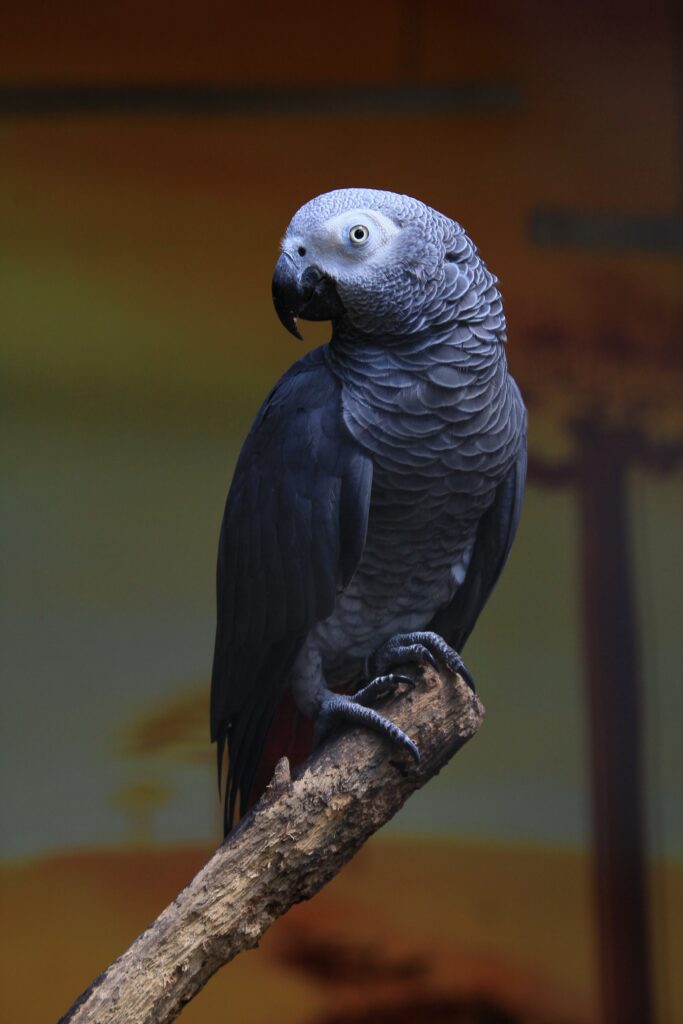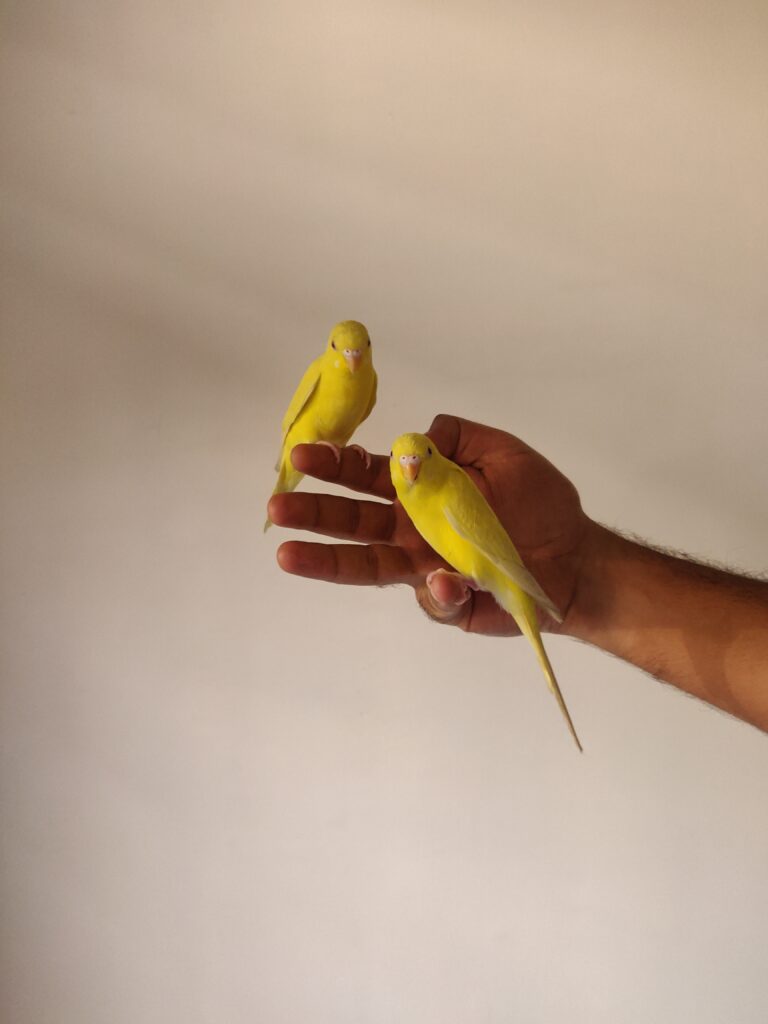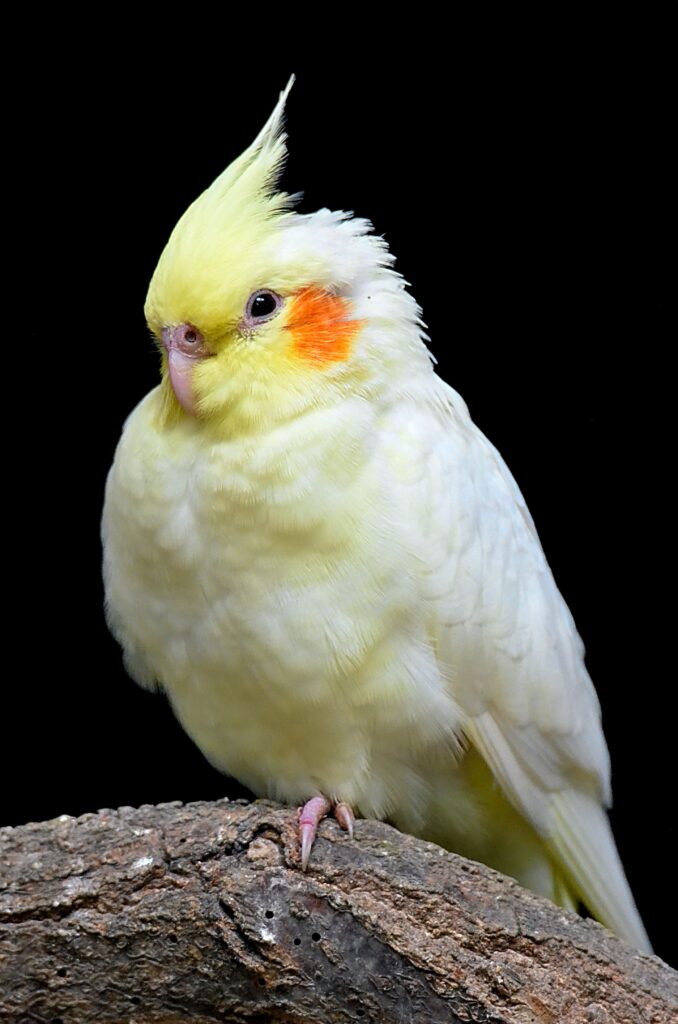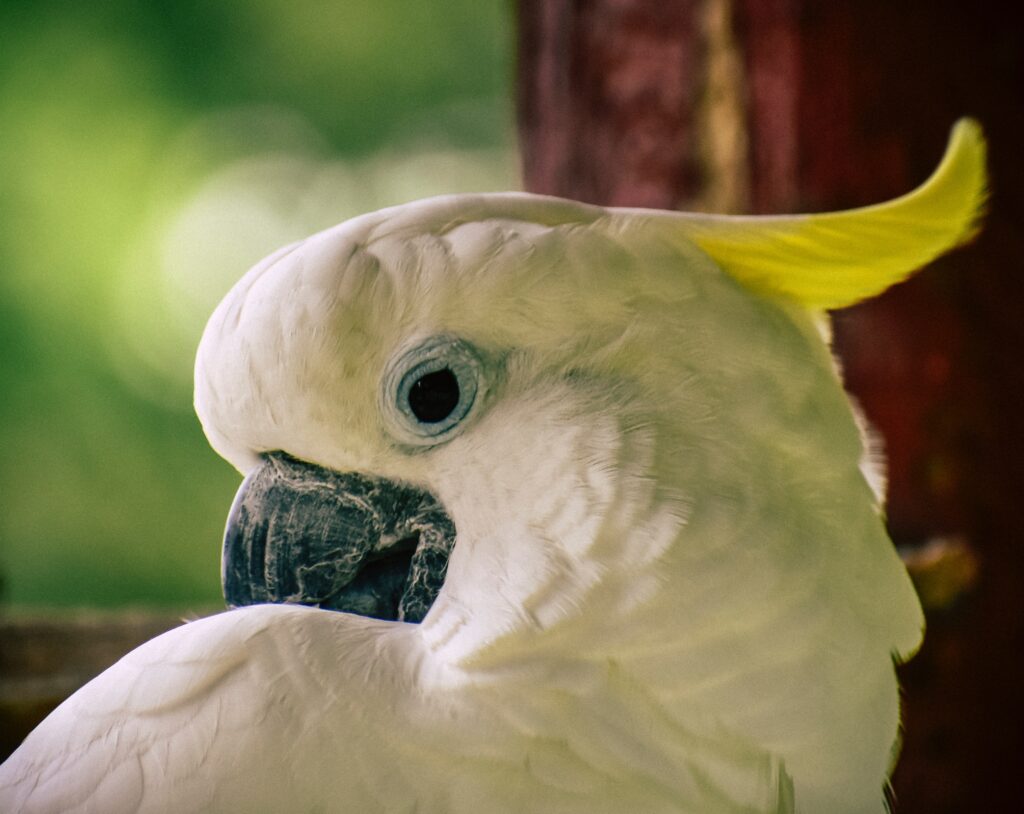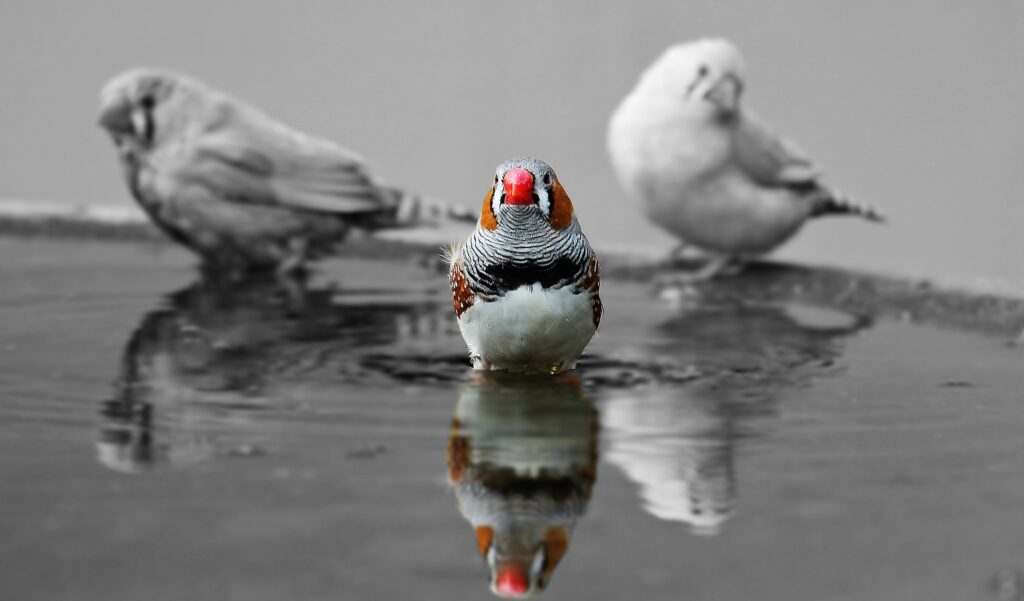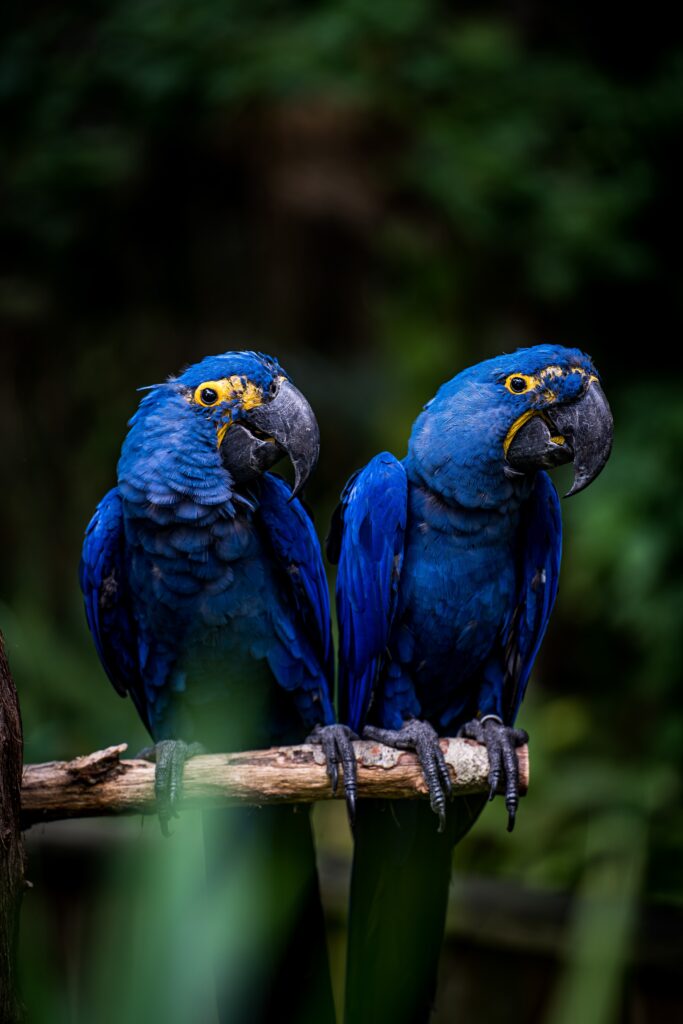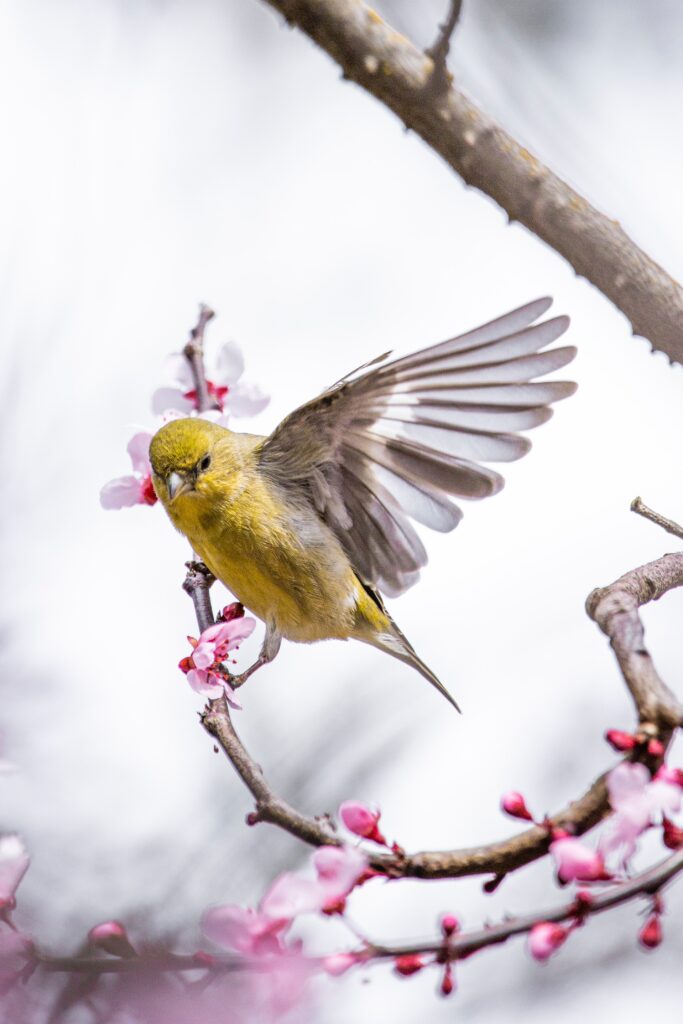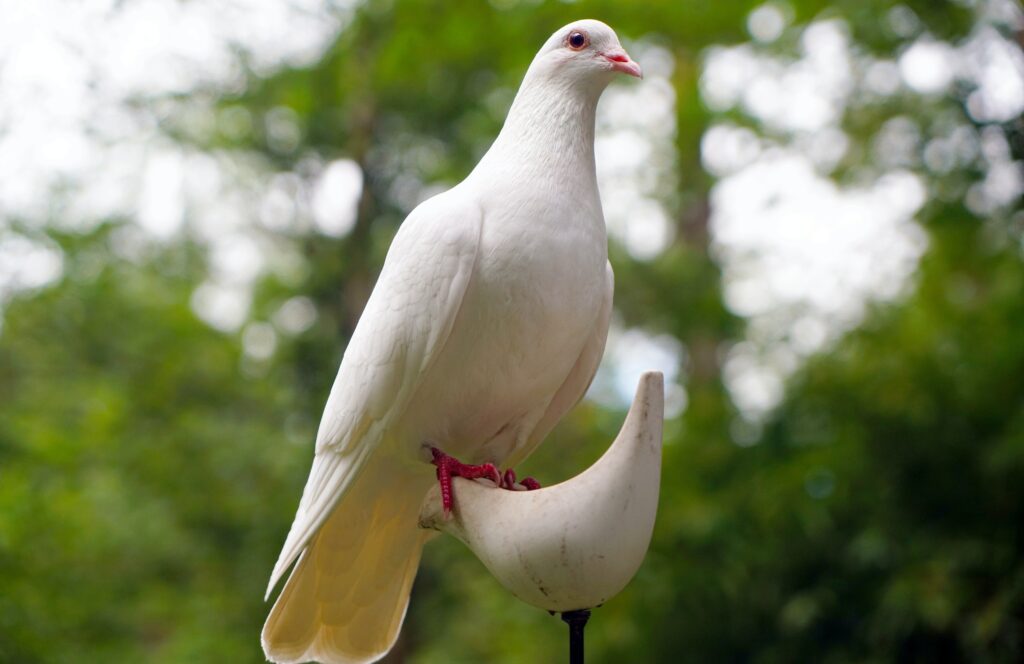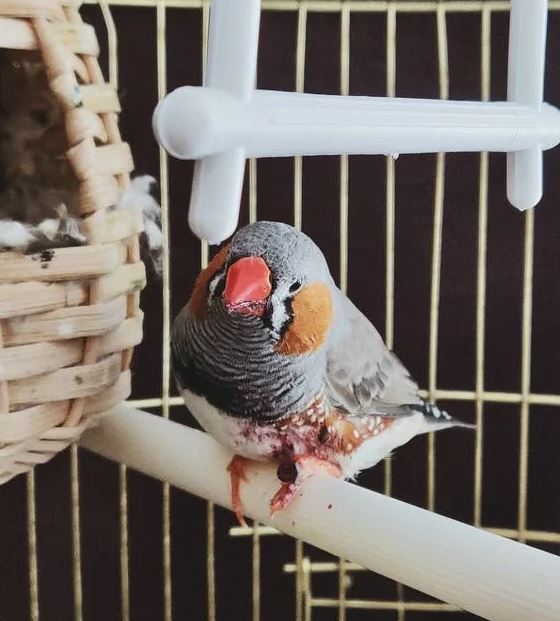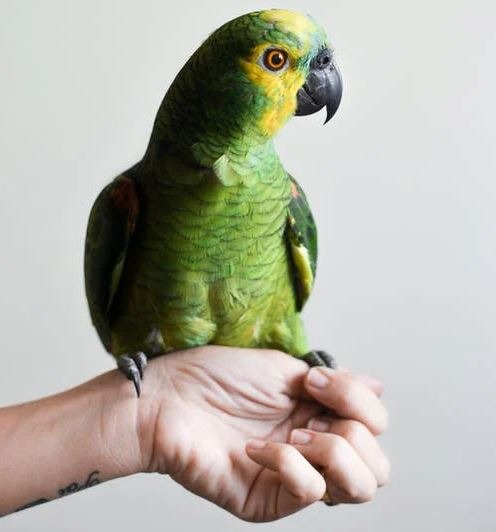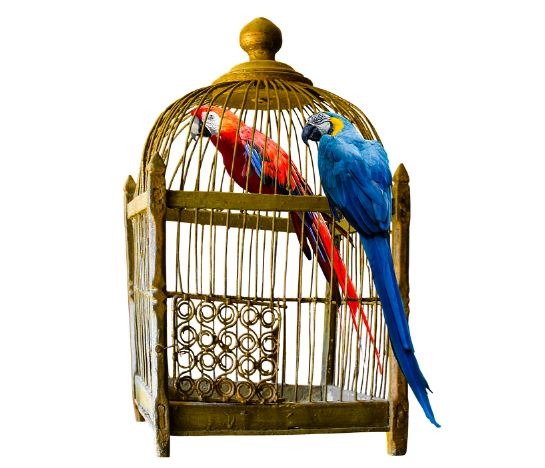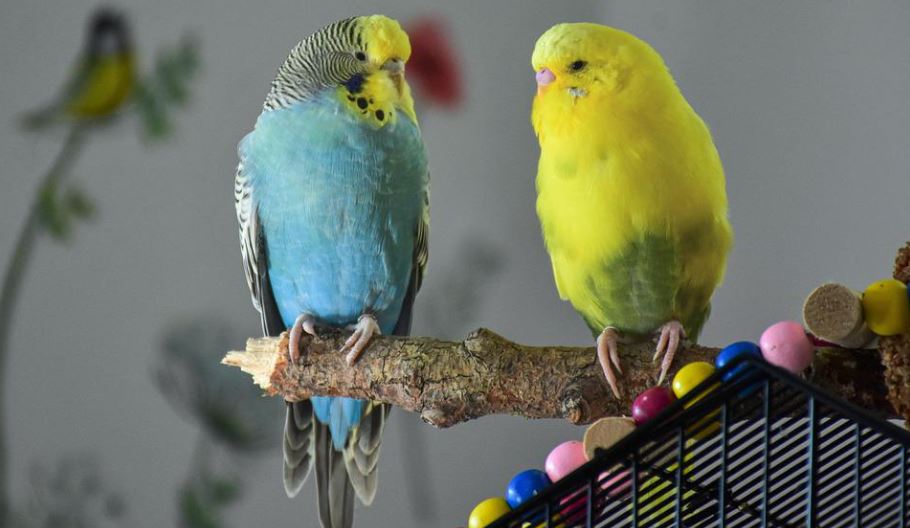Are you thinking of getting a fine-feathered pal? Birds are on the popular list as a good candidate for a pet. A pet bird’s friendly nature makes it a fantastic companion for its owner and can be found in a wide range of sizes and colors. However, like any pet, a pet bird requires time, money, and knowledge to thrive.
Types of Birds for a Pet
Humans have traditionally enjoyed having birds as pets. But there are numerous bird species, not all of which are ideal for pets. Even though these colorful creatures are lovely, trying to confine a seagull in a cage won’t be a pleasant experience for anyone. Research is essential before picking a pet bird because some species need much care and special attention. The ideal pet bird is amiable, docile, and well-suited to becoming a companion, especially for beginners. An animal with a naturally friendly nature is simpler to bond with and care for than one with a tendency to be frightened or hostile. Here are the most friendly pet bird species that often make great companions.
1. Budgerigars or Parakeets
Budgies, also known as parakeets, are among the best pet birds and the most popular bird pet worldwide. When properly trained and cared for, these birds have a remarkable capacity for friendliness and affection. Budgies may be trained to do various entertaining bird acts, including talking and being small and generally low maintenance. Those who want to own birds should start with budgies.
2. European Robins
The European robin has a refined, sweet, and elegant voice and displays a reddish neck, which is why it is referred to as the robin redbreast in some places. Aside from their relaxing voice when it sings, they are also dependable birds, and people may frequently get along well with them, which makes them ideal pet birds.
3. African Gray Parrot
The African Grey is one of the most intelligent parrots globally known as “The Einsteins of the Bird World” because of their extraordinary capacity to learn and mimic speech. These birds are among the ideal pets you can obtain, even though they require proper maintenance and can live for over 50 years. They also form close bonds with their owners and become loving companions.
4. Canary
The canary is, without a doubt, one of the most popular birds as pets. They have an instantly recognizable, brilliant yellow hue. Depending on the bird’s sex, their incredible, joyful song can change. Male canaries occasionally sing more passionately and intricately than female canaries do. These are excellent pet birds since they adapt well to living in the home.
5. Cockatiel
Another fantastic option for those seeking a friendly and loving pet bird is the alluring cockatiel. These Australian natives make beautiful pets when hand-fed as young birds and kept in healthy settings. Cockatiels are incredibly bright despite not typically learning to talk. But some species can whistle well and imitate sounds like doorbells, phones, and microwaves every day. Cockatiels are suitable for beginners.
6. Cockatoo
Cockatoos are wonderful pet birds with friendly, humorous, and mischievous personalities. These demanding birds are called “Velcro birds” since they adore being close to their humans. They are known for their pronounced crests and curved beak and are occasionally raucous. The fact that some variants of these parrots can live for up to 60 years makes them fantastic companions. Still, they are also a more difficult bird species to care for.
7. The Zebra Finch
The zebra finch is a sweet, joyful little bird. Despite being only 10–12 cm long, they are incredibly charismatic. Although this bird is typically grey, domestication has led to several color variants of its pet bird’s feathers. Although they might not be among the popular songbirds, they each have something unique to offer. Zebra finches’ well-being is in jeopardy if they pull out their feathers. You must look at the cause and address the issue.
8. Macaw Hyacinth
Hyacinth macaws are the biggest parrots referred to as “gentle giants.” They enjoy nothing more than playing and cuddling with their owners because they are gregarious and friendly birds. Most individuals may find it challenging to give these birds suitable shelter because of their size. But those who can provide for their requirements are rewarded with an extraordinary bond with their feathery friend. It is ideal for experienced bird owners to have hyacinth macaws.
9. Goldfinch
The Goldfinch is one of the most often kept birds as pets and is easily recognized due to its distinctive appearance. The Goldfinch is distinguished by its vivid red face, light brown and white body, and stunningly striped black and yellow wings. Due to their unusual appearance and singing, goldfinches are well-liked pet birds. Unfortunately, they may not be allowed to be kept as pets in other nations because they are a protected species. Additionally, this bird species can be a little sensitive to keep as a pet, so it is not advisable for beginners.
10. Doves
Doves make excellent companion birds when grown and cared for properly. In the Philippines, Doves are popular bird pets among youngsters. They are more peaceful than parrots, friendly, and easy to care for. Doves will happily perch on your shoulder like parrots do, making them a great choice of bird for novices. They are incredibly friendly birds that enjoy being petted and cuddled when appropriately raised.
Essential Things You Need to Know Before Getting a Bird Pet
Just the same with owning a dog, a cat or a fish, there are several factors you should consider. Suppose you are thinking of adopting a bird pet, you must first be ready for the responsibilities it entails and the adjustments you and your family might make to accommodate your colorful-feathered friend.
1. Remove Unsafe Cookware
Make sure to eliminate any dangerous cookware and invest in pots and pans made of stainless steel or bird-safe material if you plan on bringing a bird into your home. Avian deaths have been linked to nonstick cookware, which releases odorless fume that may kill a bird in minutes when heated.
2. Forget about Candles and Air Fresheners
Scents from candles, oils, air fresheners, cleaning supplies, and other chemical goods can harm your pet like the fumes from cookware. Consult your vet about safe cleaning supplies and let in the fresh air if possible.
3. Do not smoke indoors at any time
Smoking is just as dangerous for your bird as it is for you. Use tobacco items outside and away from open windows. If you’ve recently smoked, wash your hands before touching the bird.
4. Be Prepared to Get Up Early
Adjust your sleep routine to fit your bird. Birds usually wake up early when they hear other birds. They expect you to start your day early, too. After waking, your bird will require food, drink, play, and interaction.
5. Invest in a Good Vacuum Cleaner
Birds are notoriously untidy creatures. Large species produce the most mess, but even little birds can disperse food and feathers. A decent vacuum can pick up food and feathers, making life easier.
6. Get Rid of Dangerous Houseplants
Common houseplants can cause moderate disease or death in birds. Place these plants where birds won’t be. Choose bird-safe plants, like the spider plant or African violet.
7. Pay Attention to Your Outfits
Shiny objects, especially on clothing, attract birds. Prevent injury to yourself, your bird, and your clothing by removing any jewelry and clothing with sequins or other reflective elements before handling your bird. Remove your bird’s temptation to munch on unhealthy stuff.
8. Make sure you have the time and energy
If you buy a tame bird, a lot of time and work goes into molding its personality. You must handle and engage with your bird daily to tame an unsocialized bird. Some birds need hours of regular human interaction for mental and physical well-being. Daily cage cleaning and fresh food supply also require time and effort.
9. Be Prepared for Noise
Birds can chirp, cackle, shriek, coo, and some species talk. Birds make sounds throughout the day, and it’s hard to get them to remain silent. If you want a bird pet, you’ll have to put up with their noise.
10. Don’t Assume that Your Bird Is a Social Butterfly
Birds are gregarious creatures, but it doesn’t imply they love everyone. Some species are more prone to become one-person birds. Your pet may become territorial if it plays favorites.
Care Tips for Pet Birds
Pet birds need care. Birds aren’t more complex to maintain than cats and dogs. The fundamentals are a healthy diet, a clean cage, fresh food and water, safe toys, exercise, and love. Bird cages should have lots of exercise space and a screen to separate the bird from the environment.
1. Selecting the Birds that are Best for You
Beginners with little time should consider canaries or finches. But if you have more time and are interested in parrots, choose parakeets or cockatiels, which are amiable, quiet, and easy to tame if young. It is best to know the bird’s needs first before getting one. It is best to avoid purchasing a canary during the molting season of July through October. During this time, an unexpected environmental change can shock it. Moreover, before getting a parrot, be prepared for a lifetime commitment — it may live longer than you do.
2. Bird food and treats
In the wild, birds eat a range of foods. As family friends, pet birds have similar demands. Although a bird’s diet depends on species, life history, and housing, bird experts recommend avoiding high-fat, low-nutrient seeds. Instead, they suggest a diet rich in high-quality pellets or crumbles tailored to the bird’s age and a variety of veggies.
3. Petting a pet bird and getting to know one another
Always be gentle when handling a pet bird. Even the smallest amount of pressure can induce a fracture in a bird’s bones. Observe that sick pet birds breathe through their open mouths. To understand birds as pets, it’s vital to know how they behave in the wild first. Birds that live with families want to be included in all the activities that everyone does.
4. Cages for Pet Birds and Their Environments
A birdcage should be built of a nontoxic, robust material that is easy to clean and has no sharp protrusions that could hurt your bird. It should be large enough for your bird’s wings to spread fully and tall enough for its long tails to reach comfortably. Birds prefer larger birdcages that will allow them to fly and climb. Birds have lots to do with enrichment toys.
Provide a cage liner that can be used newspaper, cage liner material, or even paper towels as a substitute. Cage liners can help you keep track of their excrement for any illness your bird may have, and they’re also easy to clean.
Additionally, birds need perches for comfort. It must be broad enough so bird toes don’t overlap. You can buy or create a bird perch by joining two branches to either side of the cage with a small connector or uncoated wire. The wood must be chemical-free and nontoxic. Place the perch far from the food and water bowls to prevent overeating and drinking.
5. Keep your bird and the cage clean
As much as possible, it’s essential to maintain your bird and its cage spotless. Replace the cage liners and use a bird-safe spray or cleaner to clean all the unclean sections of the cage. Use a safe dishwashing solvent to wash the dishes your bird uses to eat and drink daily. Please exercise extreme caution to avoid leaving any soap residue on the dishes; a teeny bit of soap residue on your pet can be harmful or even lethal to them. The bottom of the cage can be lined with kitty litter, wood chips, or sand if you prefer traditional cleaning techniques. As a precautionary measure, clean the cage thoroughly to prevent the spread of bacteria or a foul odor.
6. Socialization and Training
These creatures are kind, affectionate, and playful. Like humans, the most crucial part of pet care is paying attention to your pet. Even though birds spend most of their lives in cages, this does not imply that they should be left to their own devices. It’s possible to train a lot of different kinds of birds to follow instructions and be a good pet friends. Teaching your bird is a terrific method to get to know each other and take care of your pet less stressfully. Your pet can enjoy some free time outside the cage if trained to be quiet and cooperative. All windows and doorways must be closed, as well as all dangerous objects. New toys are a terrific way to show your small birds that you care, such as finches and canaries. Even in their cages, birds are interested and prone to mischief because of their insatiable curiosity. Before you buy a toy, be sure it’s appropriate for your bird’s species.

